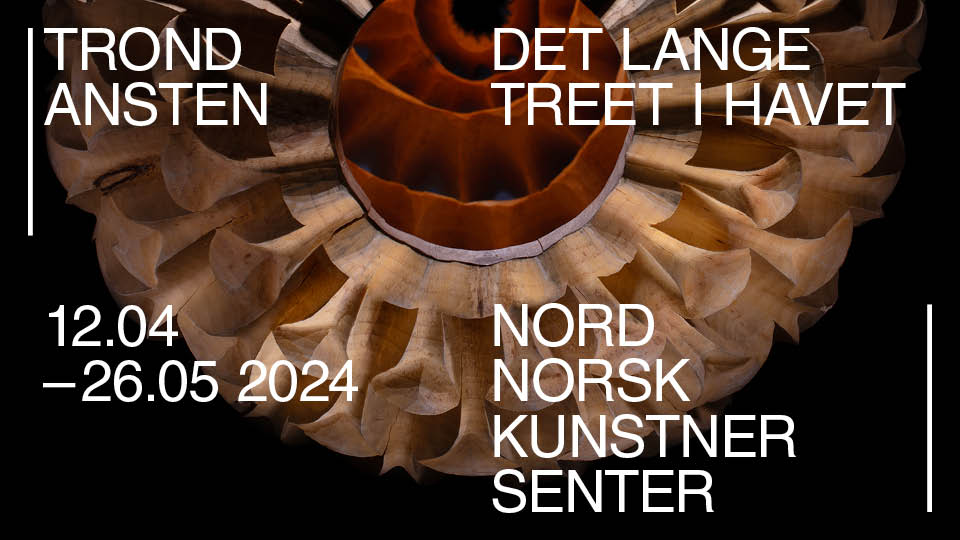
I spent seven years in art academies to learn how to edit video footage with the same level of skill as any eleven-year-old digital native. Jesting aside: The distribution – or, perhaps more accurately, the dissemination – of images made possible by the Internet does not mean that art interfere with life. The result is rather that life itself is sucked into an artificial sphere.
The seemingly democratic platforms of the Internet, which have been used to highlight social issues among artists with activist agendas, can quickly become an echo chamber that panders exclusively to your own attitudes and blocks out people with opposing views – as Sandra Mujinga points out in her interview with Kunstkritikk. What is more, this hyper-communication means that work extends into leisure – you have to be “friends” with your boss, even if s/he is a despicable despot, and you are expected to reply to email at any and all hours. This may be particularly pertinent for those who, like artists, are “always at work”. And when the means of production are in fact your own thoughts and your own body, such alienation becomes alarming.

Sandra Mujinga proposes a solution in her exhibition Real Friends at Oslo Kunstforening: You need to govern your “multiple bodies”, to preserve your integrity and autonomy. In short, you must take control of the new means of production. The exhibition feels as if you have stumbled into an intense online feed. That feed is unmistakably Sandra Mujinga’s, even though she uses avatars and samples and imagery so familiar it borders on the vulgar. Mujinga, who graduated from Konsthögskolan in Malmö in 2015, engages in a practice that is well suited for-, but not dependent on traditional modes of display such as gallery presentations. You can tune into Channel Mujinga via Instagram, Soundcloud, Vimeo etc., where it seems that she is constantly at work. As a consequence, Mujinga’s ability to stage and arrange her material is so keenly honed that Real Friends achieves a dizzying lightness – in spite of the fact that all of the works shown are new, labour-intensive productions.

Based extensively on raw materials provided by a sojourn in Congo, the exhibition is introduced by the installation Throwing Voice. A video-projected avatar can be seen through twisted and partially reflective Perspex sculptures. He Who Was Shared, the only traditionally narrative video in the exhibition, is shown on a screen in the same room. It shows a scene from the Virunga national park. A guide leads the way, waving and chopping branches aside with a huge knife. The camera follows at heel until the procession comes upon a family of gorillas. Suddenly we feel the invasive quality of the tourist’s gaze. The family pays no heed to the sudden visit. As commodities of the tourist industry they are used to being gawked at. The contrast between the guide’s weapon, the active presence of the camera and the unaffected family is unpleasant and unsettling. Are we witnessing an instance of sharing – or stealing?

The video works in the other rooms are more cheerful. Ten Minutes of Sun show models posing in costumes created by the artist out of West African textiles. Their movements are stylised: the models stretch out in minimalist choreographies to the soundtrack of Mujinga’s evocative electronic music. The title of the work refers to health and safety advice about the importance of getting out into the sun after sitting in front of a luminous retina screen all day. The projection ILYNL (It’s Like You Never Left) shows similar patterns of movement. Here, the avatars mime memes that are instantly recognisable to those who deal with such things. It prompts a simultaneous sense of familiarity and alienation, seeing a “real” person transform into a sophisticated emoji.
The dramaturgy of the exhibition is concluded by a beautiful series of portraits, Humans, on the Other Hand Lied Easily and Often, depicting a male gorilla that Mujinga photographed in the Virunga national park. The portraits are intimate, probing, yet respectful and done with care. They offer a calm oasis within a well-orchestrated, but hectic exhibition, and offer some comfort to defeatist viewers: there is a subject here. I have faith in Mujinga’s checkmating of our present-day hegemonic aesthetic. But I baulk at the fact that such a solution demands constant diligence and labour in order to take effect. Whatever happened to time off?





















